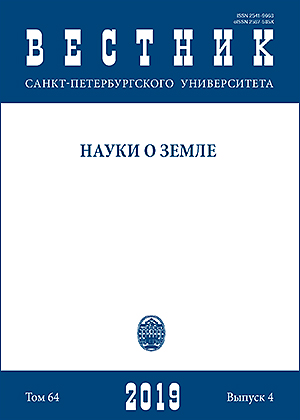Regions as international development corridors in the Western borderland of Russia
DOI:
https://doi.org/10.21638/spbu07.2019.403Abstract
The well-known theoretical typology of regions by J. Friedmann, which distinguished the core regions, upward-transition regions, development corridors, resource-frontier regions, downward-transition regions, can be supplemented by the “international development corridor” type. Regions of this type are formed either at the land border, or in the coastal regions (including those having access to the land border). They provide transport communications of this country with foreign countries. At the same time, production clusters arise based on the processing of transit cargo, and innovations are introduced, generated both in domestic country and abroad. Regions served as the international development corridors arise, in particular, along the Western border of Russia. The statistical analysis carried out in the article makes it possible to state that most are formed in such coastal regions as St. Petersburg, Leningrad and Kaliningrad regions. In 2016, the foreign trade turnover per capita in Leningrad region was 1.3 times higher than the average in the regions of the Russian Federation, in St. Petersburg, as well as in the Kaliningrad region – 2.2 times higher. The share of manufacturing industries (most of which use imported raw materials and semi-finished products, as well as customized goods sent for export) in the structure of gross added value is also significantly higher than the national average. The volume of added value per capita generated in manufacturing industries is higher as well. There are prerequisites for formation of the international development corridors in Krasnodar and Rostov regions, and partly in Smolensk region.
Keywords:
Western border, Russia, typology of regions, border regions, coastal regions, corridors of development
Downloads
References
References
Downloads
Additional Files
Published
How to Cite
Issue
Section
License
Articles of "Vestnik of Saint Petersburg University. Earth Sciences" are open access distributed under the terms of the License Agreement with Saint Petersburg State University, which permits to the authors unrestricted distribution and self-archiving free of charge.






